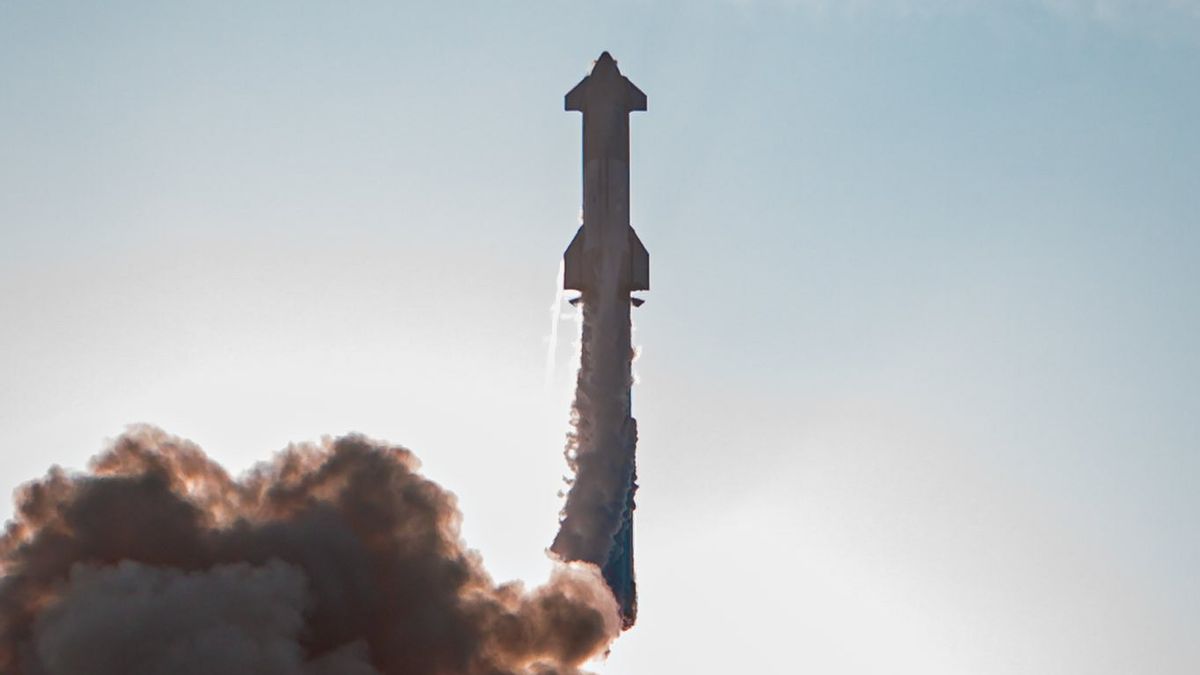Elon Musk's SpaceX will use water-cooled steel plates to protect their latest rocket launchers that can withstand the world's strongest explosive power. This was done after the inaugural launch of the Starship rocket to reach space resulted in extensive damage to the launch pad.
The giant rocket exploded at an altitude of 23 miles (37 km) in the sky just minutes after taking off on a unmanned test flight on Thursday, April 20. On land at the launch site of SpaceX in Texas, a rocket engine - which amounts to more than 30 - powered it with greater power than other rockets in the world, hitting the floor of the launch pad with enormous force as the rocket glides into the sky.
The explosion formed a crater with a depth of a few feet and released large pieces of reinforced concrete that flew up to thousands of feet, as seen in the photos afterward.
Musk said on Friday 21 April that the space company had "started building a steel plate cooled with water to be placed under the launch site," but the plate was not ready for use before launch on April 20. He suggested that the steel plate would be ready to be installed before the next launch attempt "within 1 to 2 months."
Pada Jumat lalu, Musk mengatakan SpaceX "keliru berpikir" - berdasarkan tes di darat - bahwa foundational pada peluncuran dapat bertahan setelah peluncuran tunggal, meskipun mesin saat tes di darat hanya berkar dari kekuatannya.
The billionaire CEO said in 2020 that there would be no need to use such a diversion to steer the fire on the ground, but admit that the decision may be wrong.
Another launch site in the United States, such as SpaceX's own launch site at NASA's Kennedy Space Center in Florida, uses a diversion: a large alley that leads from beneath the rocket to steer the flame-style tail in a controlled lane, with the aim of minimizing damage.
Without the plan, debris flying during takeoff could hit the rocket itself and threaten the mission, engineers said.
"The launch and landing signs are very sensitive. Any minor error that occurs can cause a domino effect that creates a huge problem," said Phil Metzger, a planetary scientist at Florida's Middle University who has studied the soil effects of rocket launches and landings, on Twitter.
"Because you're trying to get rid of super-energy gas that's high enough to fire rockets into the sky."
SpaceX's latest failure illustrates the company's rocket development culture that embraces rapid tests and prototype failures that provide data to improve vehicle designs.
The FAA, which regulates the safety of launch sites and oversees technical investigations of commercial rocket failures, must approve changes to Starship launch pad infrastructure before subsequent launch efforts, said Tom Marotta, who advised other space companies about launch regulations.
"The bigger challenge for SpaceX is that the FAA evaluates their steel plate solution and decides that it meets regulations in the right time," he said.
The English, Chinese, Japanese, Arabic, and French versions are automatically generated by the AI. So there may still be inaccuracies in translating, please always see Indonesian as our main language. (system supported by DigitalSiber.id)













